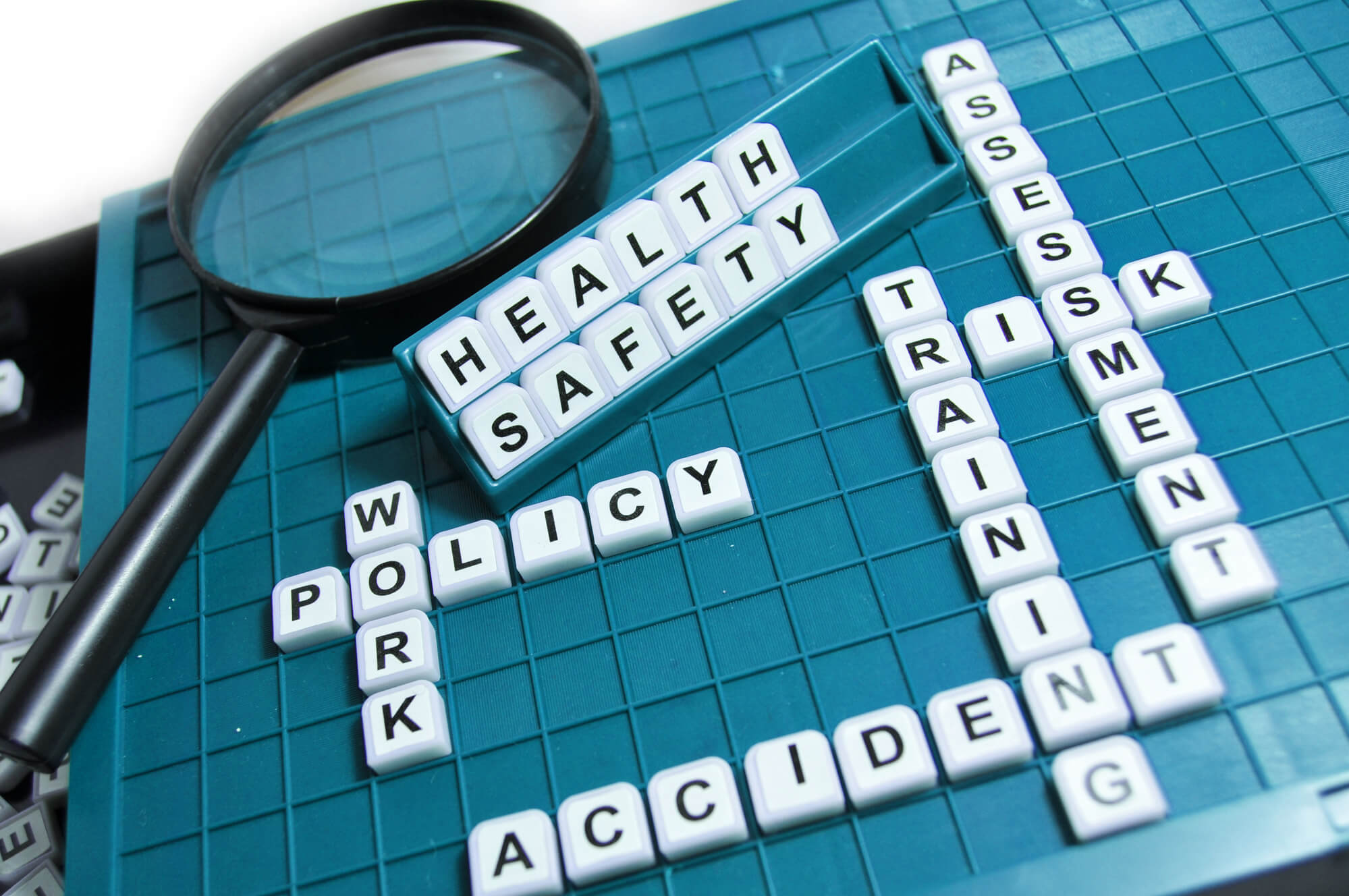Risk assessment plays a pivotal role in safeguarding employees and maintaining a secure work environment in occupational health and safety. One crucial aspect of risk assessment is the Document Unique d'Evaluation des Risques (DUERP). This article delves into the significance of the DUERP, particularly for companies with 50 or more employees. By understanding what a Document Unique entails, organisations can effectively assess and mitigate occupational risks, ensuring the well-being of their workforce.
Understanding Risk Assessment
Before delving into the specifics of a Document Unique, it is vital to grasp the concept of risk assessment itself. Risk assessment is the systematic process of identifying and evaluating potential hazards and risks within a workplace setting. Its primary objective is to prevent workplace accidents, injuries, and illnesses. Organisations can identify potential dangers and proactively mitigate them by conducting comprehensive risk assessments.
The Document Unique d’Evaluation des Risques (DUERP)
The Document Unique d'Evaluation des Risques (DUERP) holds significant importance in France's work of occupational health and safety regulations in France. It is a comprehensive and legally mandated document aiming to assess and manage occupational risks effectively.
Understanding the DUERP's Purpose
The DUERP acts as a roadmap for organisations, providing a centralised and structured approach to identify, analyze, and mitigate risks associated with various activities, processes, and working conditions. It serves as a comprehensive document that captures the various risks an organisation faces and guides them in implementing preventive actions to create a safe and healthy work environment.
Legal Requirements for the DUERP
In France, companies with 50 or more employees are legally obligated to develop and maintain a DUERP. This requirement ensures that organisations proactively address occupational risks and take the necessary measures to protect their workforce.
Components of a DUERP
A well-constructed DUERP comprises various essential components contributing to its risk assessment and management effectiveness. These components comprehensively analyse the organisation's structure, work units, and departments.
Organisation and Work Units
The DUERP should outline the organisation's structure, including its different work units and departments. This enables a thorough evaluation of risks specific to each unit, ensuring that preventive measures are tailored to address the unique hazards faced by different teams.
Analysis of Working Conditions
A meticulous analysis of working conditions is crucial in identifying potential risks within the workplace. This includes evaluating physical factors (noise, temperature, and lighting), chemical exposures, ergonomic considerations, biological hazards, and psychosocial aspects (such as stress levels and work-related mental health issues).

Involvement of Employees
To develop an effective DUERP, involving employees and their representatives in the risk assessment process is essential. Their input provides valuable insights into the daily tasks, challenges, and potential risks they encounter. Employees' active participation enhances the accuracy of risk assessments and fosters a culture of safety and collaboration within the organisation.
Assessing the Risks
Once potential hazards are identified, they must be assessed to determine their level of risk. This involves evaluating the likelihood of occurrence and the potential severity of each identified risk. By quantifying risks, organisations can prioritise preventive actions and allocate resources accordingly.
Preventive Actions
The DUERP should provide a clear roadmap for preventive actions to mitigate identified risks. This includes outlining specific measures, controls, and procedures to minimise or eliminate hazards. Preventive actions may involve implementing engineering controls, establishing safety protocols, providing appropriate personal protective equipment (PPE), or offering employee training programs.
Using a DUERP Template
Creating a DUERP from scratch can be time-consuming and intricate, particularly for organisations unfamiliar with the process. To streamline the development of a comprehensive and compliant DUERP, organisations can utilise DUERP templates.
Streamlining the Risk Assessment Process
DUERP templates offer pre-designed structures and guidelines that help organisations conduct risk assessments more efficiently and consistently. By leveraging DUERP templates, companies can save valuable time and resources and ensure adherence to best practices in risk assessment.
Promoting Consistency and Compliance
Using templates promotes consistency across different departments and work units within an organisation, enhancing the overall effectiveness of risk assessment and management efforts. Templates provide a standardised framework for documenting risks, preventive actions, and ongoing monitoring, ensuring compliance with regulatory requirements.
Conclusion
The Document Unique d'Evaluation des Risques (DUERP) is a vital tool for assessing and managing organisational occupational risks. By conducting comprehensive risk assessments and utilising a well-structured DUERP, companies can create safer working conditions, prevent workplace accidents and injuries, and protect the well-being of their employees. Remember, prioritising risk assessment and effectively utilising the DUERP are essential steps in maintaining a secure and healthy work environment.
Key Takeways
FAQ
Companies in France with 50 or more employees are legally obligated to create and maintain a Document Unique d’Evaluation des Risques (DUERP). This requirement ensures that organisations proactively address occupational risks and take necessary measures to protect their workforce.
The main purpose of a DUERP is to assess and manage occupational risks effectively. It is a comprehensive document that captures various risks associated with an organisation's activities, processes, and working conditions. The DUERP acts as a roadmap, guiding companies in implementing preventive actions to create a safe and healthy work environment.
Organisations can streamline the DUERP creation process by utilising DUERP templates. These templates offer pre-designed structures and guidelines, providing a standardised framework for conducting risk assessments and developing a comprehensive DUERP. By leveraging these templates, companies can save time, ensure consistency, and adhere to best practices in risk assessment.
